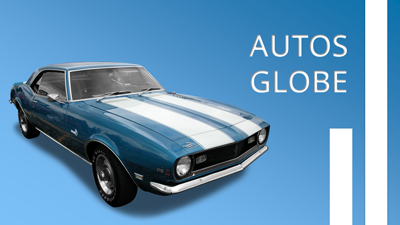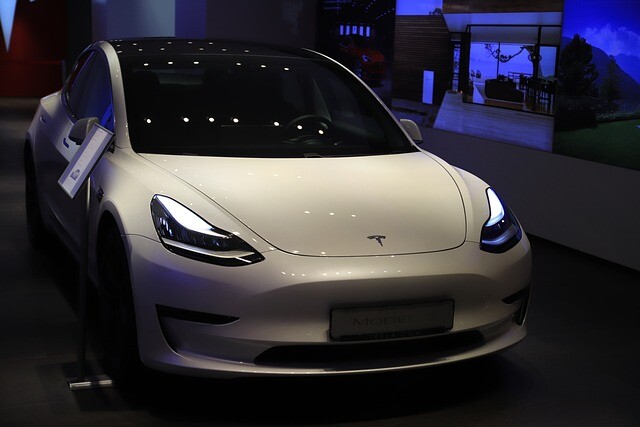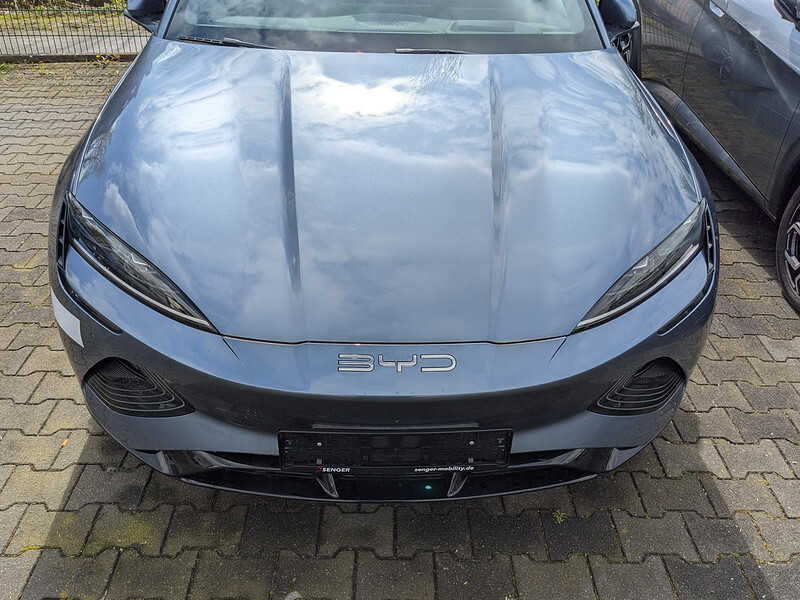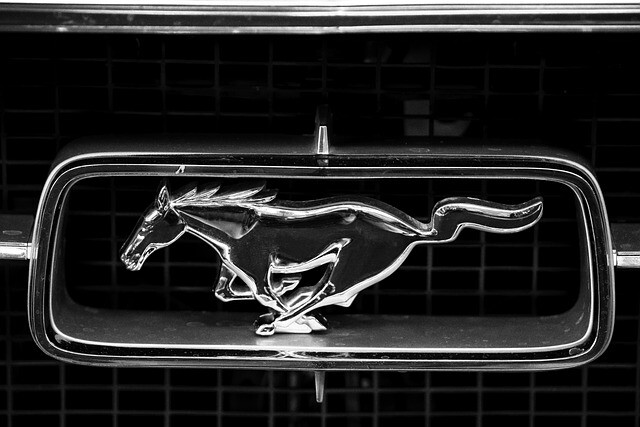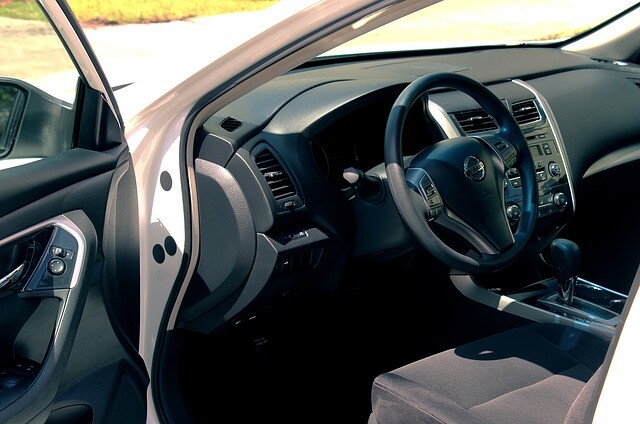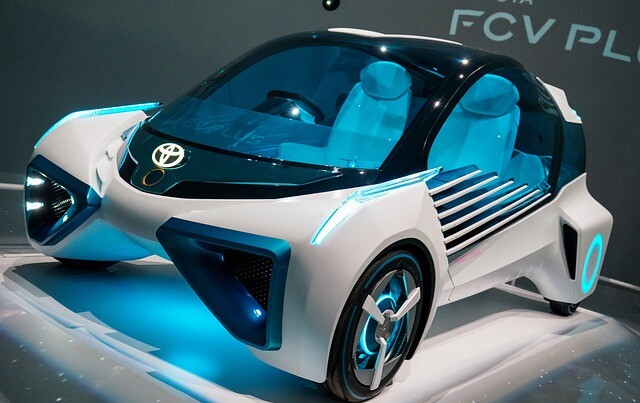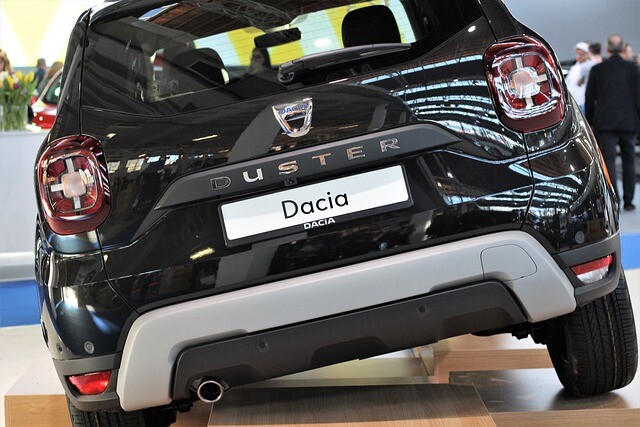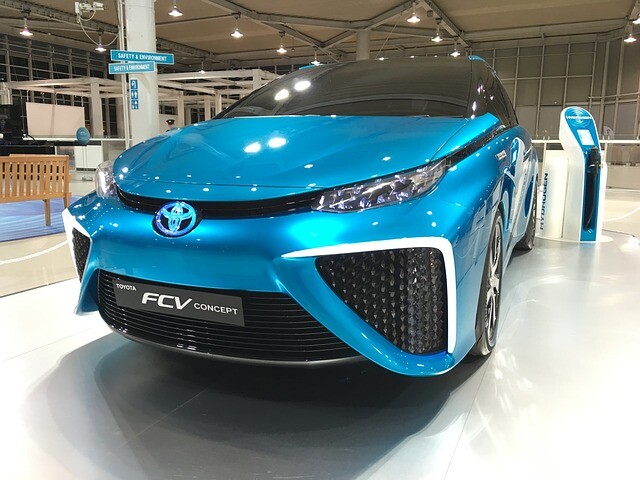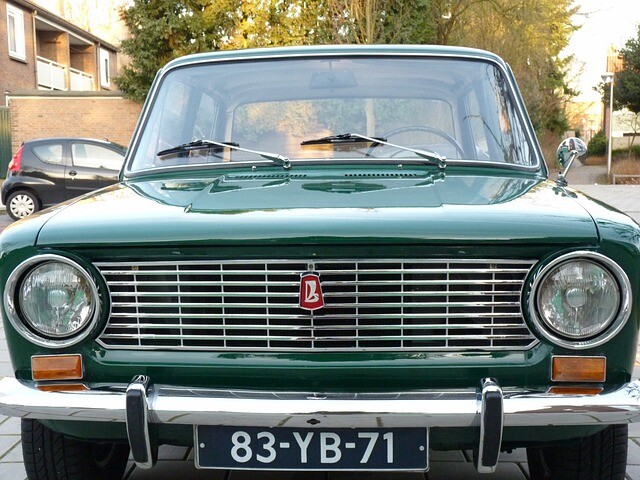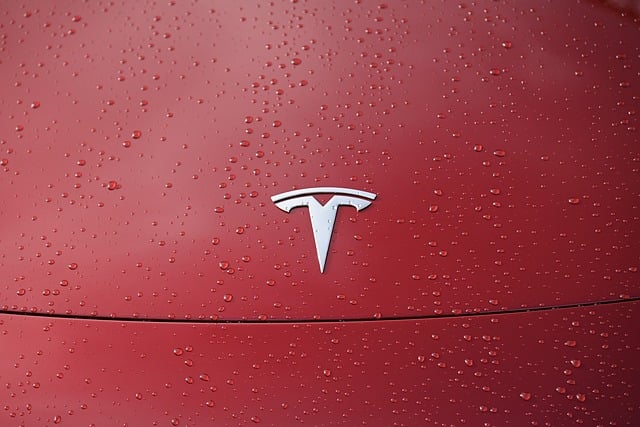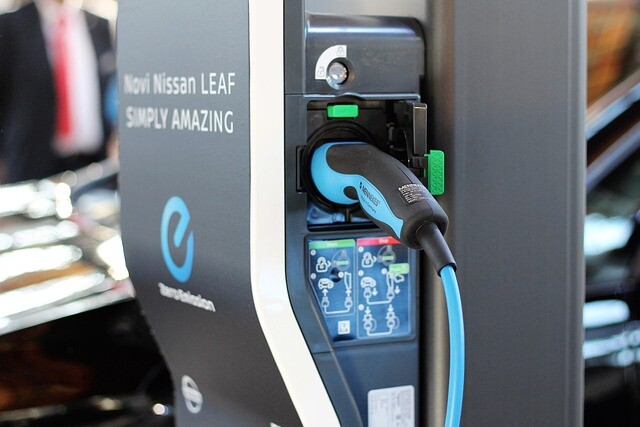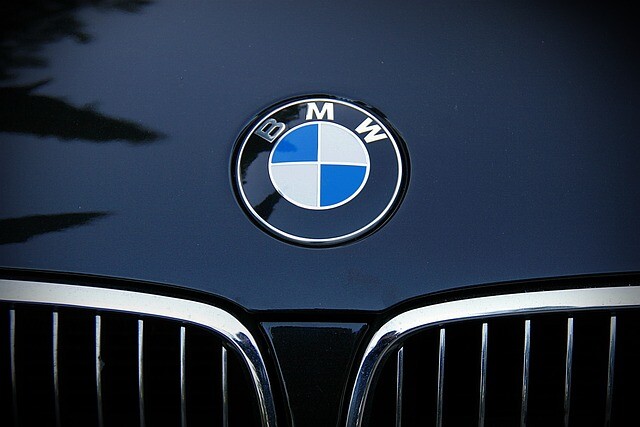Its cost-cutting plans will also be heavily influenced by the future of the industry, as it will take much less parts, effort and time to produce electric cars, as opposed to traditional-powered models, which are running out of space anyway with environmental prominence. According to ING's analysis, an electric car consists of seventy, only 200 parts.
“We will fundamentally change the industrial footprint of our powertrain,” Daimler’s president and CEO continued, adding that breaking down with fossil fuels requires twice as much efficiency, freeing up resources for the production of electric as well as self-driving cars.
“There is no doubt that we need to reduce the footprint of our products on Earth. It is also part of the modern luxury promise, ”Källenius pointed out that in the future, the focus should be on sustainability and efficiency rather than wealth and exaggeration.
Mercedes is also using the expertise of the Formula 1 engineering team to build its electric vehicle, the EQXX. The German manufacturer hopes to be able to cover the Stuttgart-Marseille distance (approx. 940-950 km) with a single charge. “This is a pre-development project to introduce new technology,” Källenius noted.
Daimler also wants to rely on digital services to generate new and profitable revenue streams: expanding them with new driving aids and information and entertainment services, and by 2024, the group would develop a new vehicle operating system.
Daimler would target new models for the Chinese market, with the greatest growth and expansion potential projected over the next ten years. “If they have unique models when they reach critical mass in China,” that’s feasible. It depends on how the market develops, ”he looked ahead.
